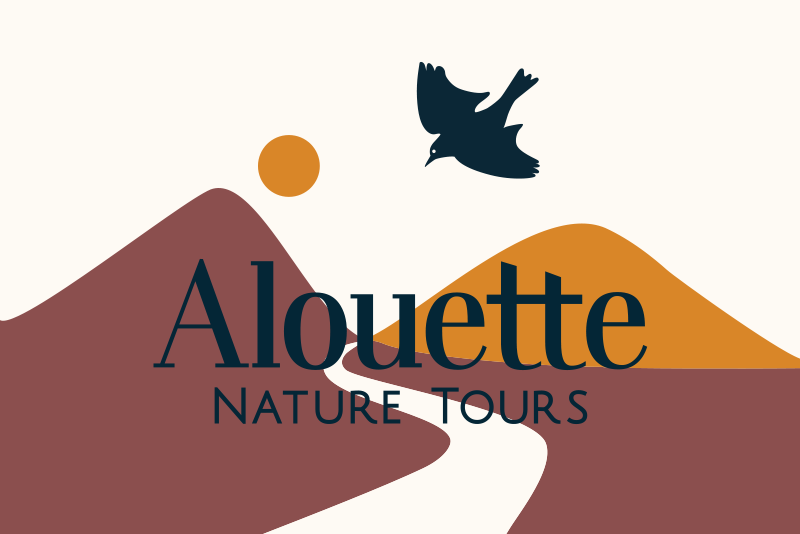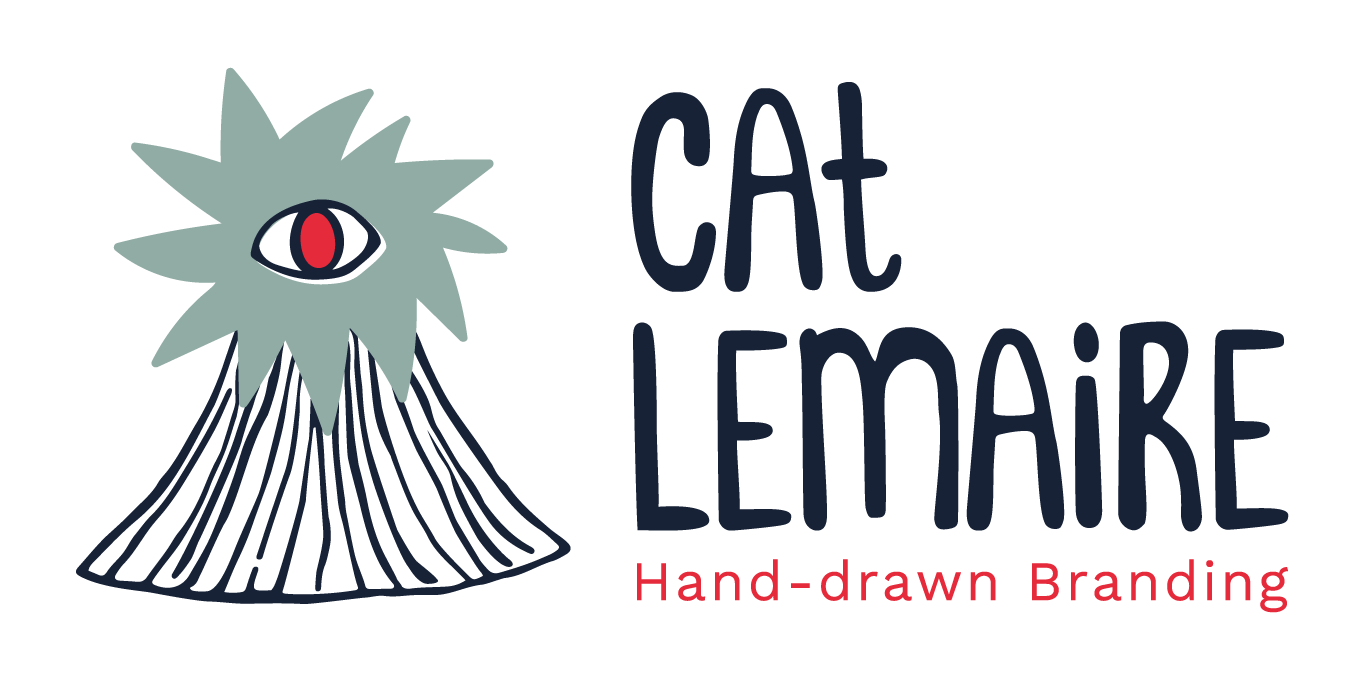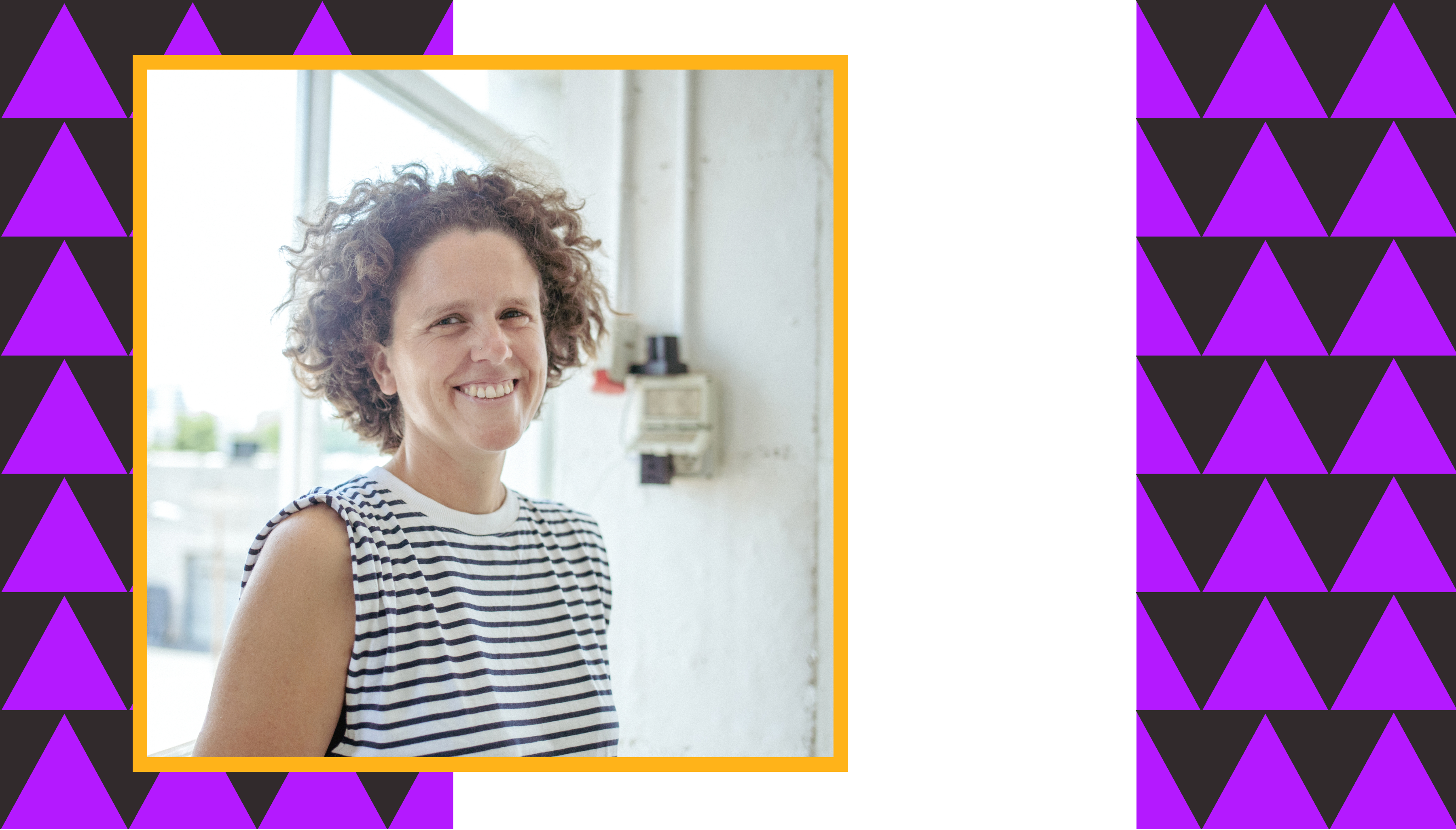
15 Nov 8 Art Director’s tips for a branded photo shoot
Art Direction is key
Last summer, I organized a branded Photo shoot for one of my clients, Vendo Services. I had developed all their Branding and was working on their website design. I suggested they get a professional photographer for their team’s picture which they wanted to publish on their website. (Discover how photography can elevate a Brand in my previous article)
A few months later, we sat back with the photographer I selected for the job, Sylvia Gutierrez, and thought of what was key for a good branded photo shoot. I chose her because I had already worked with her on other projects but especially because I knew her portrait work matched with the style I was looking for.
My role was to work on the Art Direction – find the right photographer, guide her and make sure the outcome would be on brief. But we had to be 2 to make it right and that’s why it’s important to collaborate with the best experts to deliver the best quality service to your clients.
Below, I share my 8 main tips for a successful branded photoshoot:
1.Review your Brand Strategy & write a clear brief
A clear Brand Strategy is the starting point
-Review the Brand’s values, personality, tone of voice, mission, and vision.
-Define what the brand needs to convey through its photography.
Your brief needs to include:
-The project’s background and context.
-A description of the Brand and its Brand Strategy.
-A moodboard of the type of photography you are looking for including details about colour mode, perspective, expression, etc.
-A list of characteristics you want the photos to have. It also helps to describe what you need to avoid.
-A clear list of deliverables: the amount of photos, their formats, and colour modes.
2. Find the right photographer
-Photographers have their own style and expertise. Find the style which fits the Brand’s personality, values and Brand voice.
-If you need portraits as well as product shots, you might need to consider having 2 different photographers.
-Set a meeting with the photographer and ask about his/her work process, conditions, limitations and motivations.
-I recommend meeting the photographer in person. Photo shoots are nerves wracking & intense, you have to put all the chances on your side for a smooth and enjoyable experience.
Photographers have their own style and expertise.
3. Find a location
Indoors or outdoors, the location needs to fit your Brand’s Strategy and the type of imagery you are looking for.
–Visit the place beforehand. If outdoors, ask for permission if needed.
–Think about how easy it is to get there: Does your client or photographer have any geographical limitations?
–Think about backgrounds: Do you need different backgrounds? Textures? Natural? Urban? Do you need boards, or curtains?
–Think about temperature. Extreme temperatures will make models and photographer more nervous, sweaty, and or uncomfortable.
-Think about lighting: Are there different lights? Does it have big windows? Is it facing south, or north? If outdoors, does it have enough shade/ Light? Ask the photographer for help if needed.
-Think about different spaces: Is there a bathroom to change and freshen up? Is there a space to sit while waiting? Is there a small kitchen for coffee and snacks? If outdoors, how are you going to set the place up?
Indoors or outdoors, the location needs to fit your Brand’s Strategy and the type of imagery you are looking for.
4. Get your quote right
Organizing a photo shoot is time and energy-consuming. Apart from including the photographer’s fee and space rental, don’t underrate your role.
Take into consideration the time you will be taking to:
-Find a photographer.
-Write the brief.
-Send the quote, and negotiate it if needed.
-Communicate with your client and the photographer.
-Get to the shooting location, set it up, and clean it up.
-Assist, guide, care for, and brief the photographer and models during the photoshoot.
-Find the location, visit it and ask for any permissions.
-Select the photographs, give feedback, and send them to your client for a final selection.
Apart from including the photographer’s fee and space rental, don’t underrate your role.
5. Manage time
-If using natural light, define the starting and ending time of the photo shoot according to the light and facing of the location.
-Make sure you will be able to get to the location before the rest of the group and have enough time to set it up and clean it up at the end.
-Define with the photographer how much time she/he will need for the whole photo shoot. Always allow more time as needed.
-With the photographer, set up a schedule, an order of passage, and make sure you keep on schedule during the session.
6. Communicate
Your role is to make sure everybody is on the same page and avoid any surprises before, during, and after the photo shoot.
-Send your client the outfit guidance, schedule, location, and any other details at least one week before the shooting day. Send a reminder the day before.
-on D Day, introduce your models to the photographer, let them chat, and get to know each other a little before starting.
-Brief the models and explain how the day is going to be organized. Pin up the schedule and order of passage.
-Make sure you are aligned with the photographer on what needs to be done, on conditions, locations, and time you will meet to set up the space.
7. Be caring
During the photo shoot, your role is to look after your client (the models), the photographer and the location.
-Make sure models are comfortable, have snacks, drinks and space to sit.
-Make sure the photographer has the best working environment possible.
-Ask clients/models how they are feeling, if they need help relaxing, tell them jokes or chat about anything. Be friendly and do not show any signs of stress or nervosity.
8. Trust the photographer
We all have our own expertise. You chose a photographer for her/his expertise. It’s now time to fully trust it.
-Listen to her/his advice, suggestions and tips.
-Allow time and space for the photographer to be creative. Even though she/his working on a defined brief, her/his creativity will give the outcome a surprising twist.
Even though she/his working on a defined brief, her/his creativity will give the outcome a surprising twist.
I hope you thought these tips were useful.
If you need more, don’t hesitate to contact Sylvia for her point of view as a Photographer.
For Art Direction tips, stay tuned, I will be posting a new article next week.
Vendo’s Brand is probably one of the most complete project I have worked on so far. After having defined the Brand fundamentals and then designed their visual identity (See the whole project here), I worked on the design of their website.
During the first discovery phase of the project, they told me that they had run research and had identified that their customer service was one of their main strengths. They have been recognized and praised for having a very close caring, and personalized relationship with customers and that’s what made them different from any other payment processing service.
If we mainly used free imagery which we customized with a colour layer, at the moment of designing their Company page, it was obvious it needed to include authentic photography of their team. This is when I suggested a branded photo shoot with professional photographer Sylvia Gutierrez.
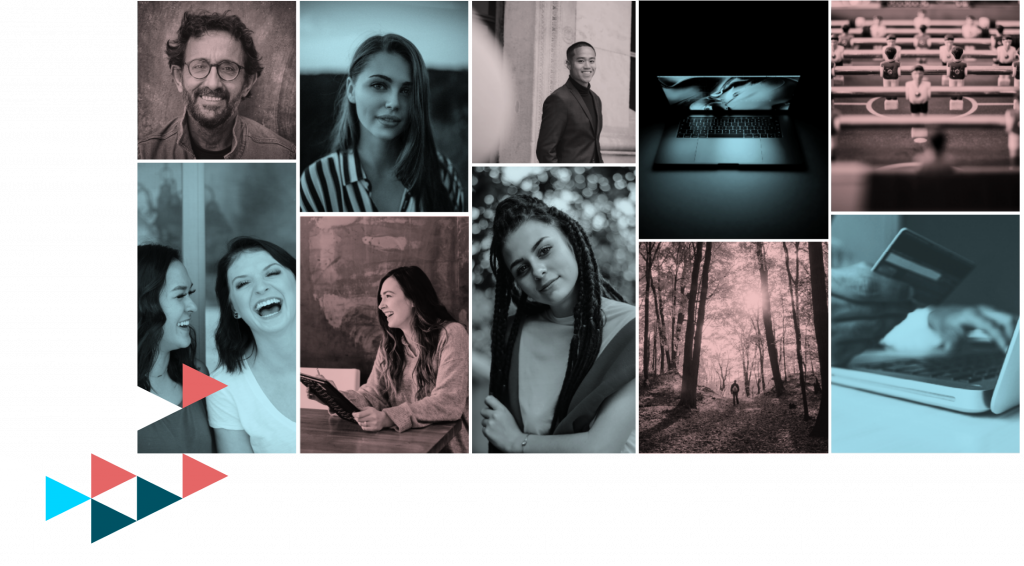
Free images customized with colour filters and branded pattern
Branded photos for team portraits
This is when I suggested a branded photo shoot with professional photographer Sylvia Gutierrez.
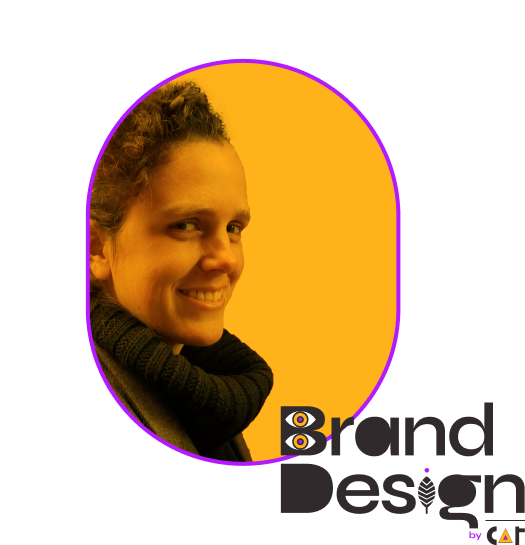
Let’s work on making your idea visible.
I like to divide my branding process into 3 distinctive steps. It allows us to be aligned and communicate during the whole time and therefore to be more efficient.
Discovery
Defining your Brand fundamentals.
The first step to good branding is for me to understand why we are here, what you value, what the brand wants to transmit and what makes it different. We will go through the brand fundamentals during a collaborative workshop. You’ll be surprised how these exercises can be revealing.
Design
Creating your Visual identity.
Thanks to the discovery work, I will be able to work on visual proposals which will include the main visual elements of the Brand Identity (Logo, typography, colours, patterns, photography, iconography).
Each proposal will be illustrated with its application to a limited number of materials depending on your business. For example: a web site home page, business cards or social media feed.
Production
Producing all deliverables.
Once the Design is approved and agreed on, I will work on producing all the elements of the brand identity to deliver them in the formats and files which best match your needs.

Can Julley
Brand Strategy, Logo & Visual System Design, Marketing Collateral Design, UI Web & Design
Labstone
Brand Strategy, Logo & VIsual System Design, Marketing Collateral Design